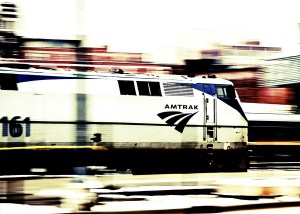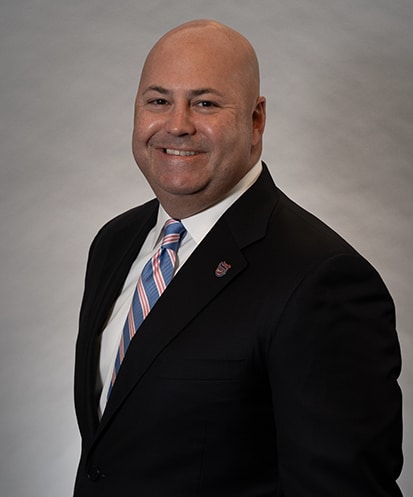The Harsh Reality of the Damages Cap for Amtrak Victims’ Losses
 After the tragic Amtrak derailment in May 2015 when eight people died and more than 200 people were injured, victims of the crash received the harsh news that they are unlikely to be fully compensated for their injuries, and survivors for the deaths of their loved ones.
After the tragic Amtrak derailment in May 2015 when eight people died and more than 200 people were injured, victims of the crash received the harsh news that they are unlikely to be fully compensated for their injuries, and survivors for the deaths of their loved ones.
A federal law enacted in 1997 limits recovery in the event of a passenger railway accident. When the law was passed Amtrak was facing bankruptcy and desperately needed to be bailed out, but Congress inserted the provision that caps all recovery after an accident to a fixed amount.
This damages cap, which was initially designed to reduce Amtrak’s costs, applies to all railway accidents regardless of who the defendant is. The judge is then given the unforgiving task of doling out a fixed amount of money to a huge list of victims and families of the deceased.
In a story in the Washington Post, Ross Capon, former director of the National Association of Railroad Passengers said, “Eliminating the cap will make it virtually impossible to run passenger trains because no one can afford the insurance.” Industry advocates argue that eliminating the cap could bankrupt passenger rail travel.
The cap on damages hurts victims
According to a piece in the New York Times, there is a provision in a bill to finance the Highway Trust Fund, which is now being considered by Congress that would raise the cap and index it every five years for inflation. If that bill passes it would apply the newly revised limit to the May 12th derailment, but this will still not be enough to compensate the victims of a mass casualty railroad accident.
After a passenger rail crash in Chatsworth California in September 2008 where 25 people were killed and more than 100 people were injured, Senator Dianne Feinstein (D. Calif.) and former Congress member Elton Gallegly (R), pushed Congress to increase the limit on what could be paid to the victims of passenger railroad crashes and the relatives of those whose loved ones died in the crash, but there was too much opposition to the proposal.
Ultimately, these damage caps only protect the railroads, not the victims of horrific derailments. If the caps remain unchanged, judges will be forced to choose who is more “worthy” of compensation, meaning some victims will be unable to collect the money they need to pay off their medical bills, or to make up for their lost wages. In the end, damage caps do not help; they only add more harm and suffering.

Christopher T. Nace works in all practice areas of the firm, including medical malpractice, birth injury, drug and product liability, motor vehicle accidents, wrongful death, and other negligence and personal injury matters.
Read more about Christopher T. Nace.
